
The State University of New York (SUNY) system stands out as a shining example of outstanding higher education. It is composed of a diverse set of institutions that collectively contribute to the advancement of education, cultural enrichment, and community involvement. Established in 1948, SUNY has since evolved into the largest integrated system of public higher education in the United States. It spans 64 campuses across the state, from the urban landscapes of New York City to the picturesque settings of upstate New York. Each institution offers a unique blend of academic programs, research opportunities, and extracurricular activities designed to meet the different needs and aspirations of its students. SUNY schools are committed to providing students opportunities, accessibility, and quality education.
Here we will be providing a ranking of SUNY schools that offer bachelor’s degree programs based on cost of attendance, acceptance rate, location, academic offerings, and campus amenities. However, it’s important to note that this ranking won’t be factoring variables like campus cultures, extracurricular activities, sports, and other qualitative experiences. Do not make your decision solely based on this post alone! Be sure to conduct your own thorough research before making your choice.
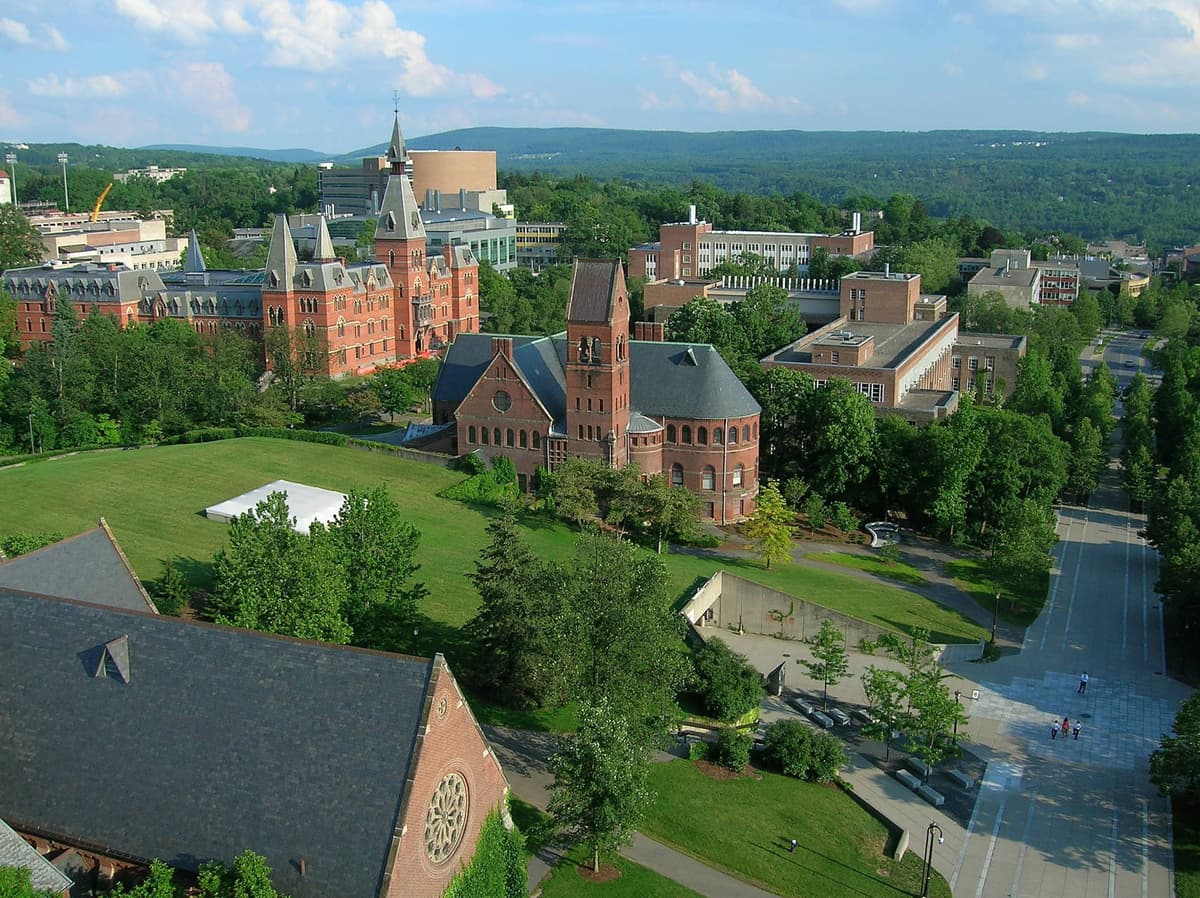
Cornell University is associated with the SUNY system due to its historical ties and certain administrative collaborations. However, for clarification, Cornell is an Ivy League institution and operates independently from SUNY. That said, it participates in the SUNY system and is worth mentioning here for New Yorkers that are looking for an Ivy League education at a public university price. Let me explain.
Cornell was founded in 1865 with a campus size of over 2000-acre, under the Morrill Land-Grant Acts, which is aimed towards establishing colleges focused on agriculture and engineering. While many of the land-grant institutions eventually became part of the SUNY system, Cornell opted to remain a private university. However, Cornell’s contract colleges, including the College of Agriculture and Life Sciences, the College of Human Ecology, the College of Veterinary Medicine, and the School of Industrial and Labor Relations, receive funding from the state of New York and have cooperative agreements with SUNY. Due to this, students can enjoy the lower cost of tuition while enjoying the perks of being Ivy League.
In addition to the excellent educational standards, Cornell University boasts an extensive array of over 1000 student organizations, a leadership workshop series, and cherished campus traditions, offering a rich and vibrant college experience. Cornell is widely regarded as one of the finest colleges in New York and one of the top SUNY schools.
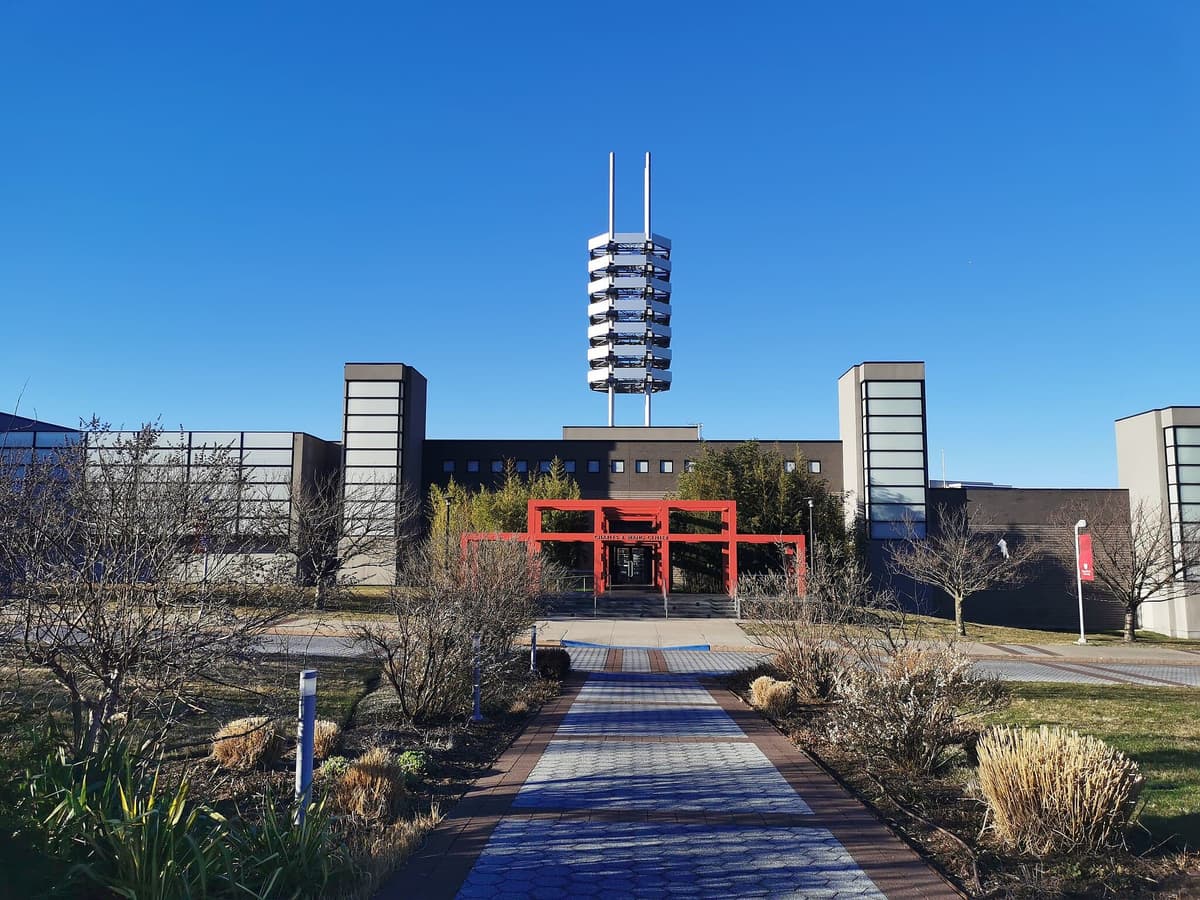
Stony Brook University is widely recognized as the flagship public institution of New York and holds the title as the #1 public university in the SUNY system. It also ranks among the top 35 public colleges nationwide and is celebrated as a top 10 national university for its commitment to diversity and internationalization.
This campus spans across 1,040 acres and offers an extensive range of academic opportunities with over 200 undergraduate programs, 100 master’s programs, and 50 doctoral programs. Students at Stony Brook can immerse themselves in campus life with over 350 student organizations and engage in Campus Life Time, a dedicated period every Wednesday afternoon for extracurricular activities and personal pursuits.
With a student population exceeding 25,000, Stony Brook maintains a rather impressive track record of success, boasting a 95% rate of their graduates employed or enrolled in further education. The university’s recruitment efforts track over 350 companies annually, providing their students with numerous prospects for internships and employment.
Despite its high academic standards, Stony Brook maintains a reasonable acceptance rate of 49% and an average cost of $16,357 (2021-22). With its striking campus and great academic offerings, Stony Brook University undoubtedly stands as one of the best institutions within the SUNY system.

SUNY Cortland was established in 1968 and is considered a founding member of the SUNY system. It is situated on a 191-acre campus which offers a wide range of academic opportunities, including 67 undergraduate majors, 27 departments, and 39 graduate programs. Notably, 97% of its graduates have secured employment or are continuing their education post-graduation. Over the years, the campus has gone through significant improvements with investments exceeding $350 million since 2011 to ensure a modern and productive learning environment.
The institution prides itself on its commitment to quality education with a 15:1 student-to-faculty ratio. This helps facilitate personalized attention and promotes student success. On top of this, SUNY Cortland’s campus life offers students an abundance of extracurricular activities, including nearly 70 SGA-sponsored clubs, intramurals, and Greek life, catering to diverse interests and passions. Additionally, students have access to numerous internship opportunities, co-ops, environmental fieldwork, student teaching placements, and study abroad programs, enriching their overall college experience.
Athletics also play a significant role at SUNY Cortland, with 25 men’s and women’s intercollegiate teams that have won an impressive 23 national team championships and 96 individual titles. The institutions’ athletic success has earned them the prestigious ranking of #1 among New York State Division III Athletics programs, promoting a strong sense of school spirit among the students.
Considering its relatively affordable average cost of $19,273 (2021-22) and a reasonable acceptance rate of 60%, SUNY Cortland is a compelling choice for prospective students looking for a top-notch education within a vibrant and supportive community.
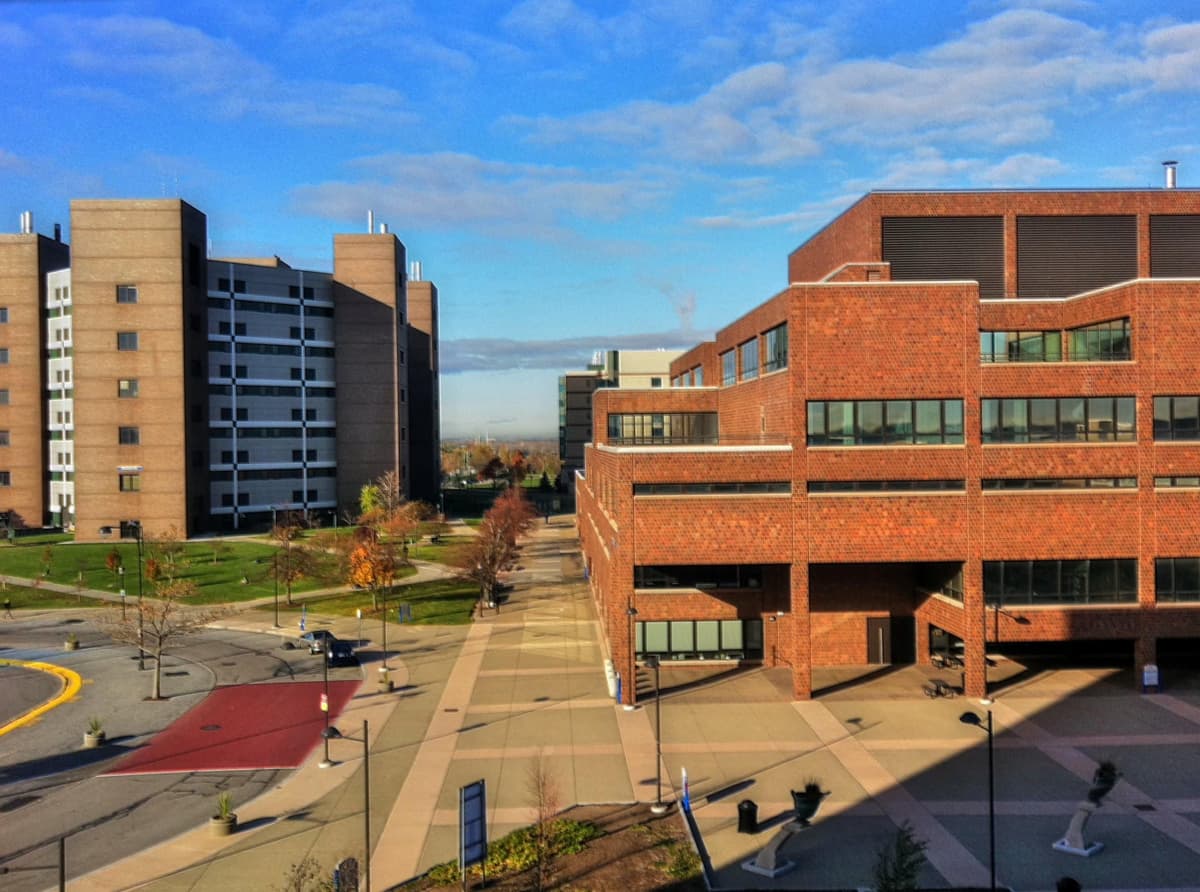
Founded in 1846, the University of Buffalo distinguishes itself not only as an esteemed SUNY institution but also a proud member of the prestigious Association of American Universities, solidifying its status as one of the nation’s foremost public research universities. UB provides over 100 undergraduate degree programs, with the unique opportunity for students to design their own major.
UB’s active campus life is enriched with over 300 student clubs and organizations, offering plenty of opportunities for engagement and personal development. Students also have access to over 1000 study abroad programs where they can broaden their horizons and immerse themselves in global experiences.
Exceptional academic achievements are recognized through UB’s merit scholarship program, with approximately one in every four incoming freshmen receiving awards totaling $3.5 million granted. With an acceptance rate of 68% and a student body exceeding 32,000, UB fosters a diverse and inclusive community.
The university’s commitment to nurturing a culture of innovation is reflected in its extensive research and internship opportunities, providing their students with valuable hands-on experience to complement their academic pursuits. Together with an average cost of $19,344 in 2021-2022, the University of Buffalo is an attractive option for students.

Established in 1844, the University at Albany has a history of striving for excellence. This institution offers a wide range of academic programs, including 50 undergraduate majors and over 150 graduate programs, designed to prepare students for success in their chosen fields.
A notable feature of UAlbany is its partnership with Albany Law School and Albany Medical Center, providing students with specialized programs and resources. For example, the early assurance program at Albany Medical Center offers aspiring healthcare professionals a clear pathway to medical school, ensuring an easy transition from undergraduate studies to medical education.
Students at UAlbany have access to over 250 clubs and organizations that cover a wide range of interests, from academic and professional associations to cultural and recreational activities. UAlbany also has a highly competitive athletic program that includes 19 NCAA Division I teams, providing students opportunities to showcase their athletic talents while representing their university.
UAlbany’s commitment to academic excellence is reflected in its recognition among the top universities in Forbes’ list of America’s Best Public Colleges. With an acceptance rate of 68% and an average cost of $17,568 (2021-22), the University at Albany provides accessible and affordable education to students from diverse backgrounds.
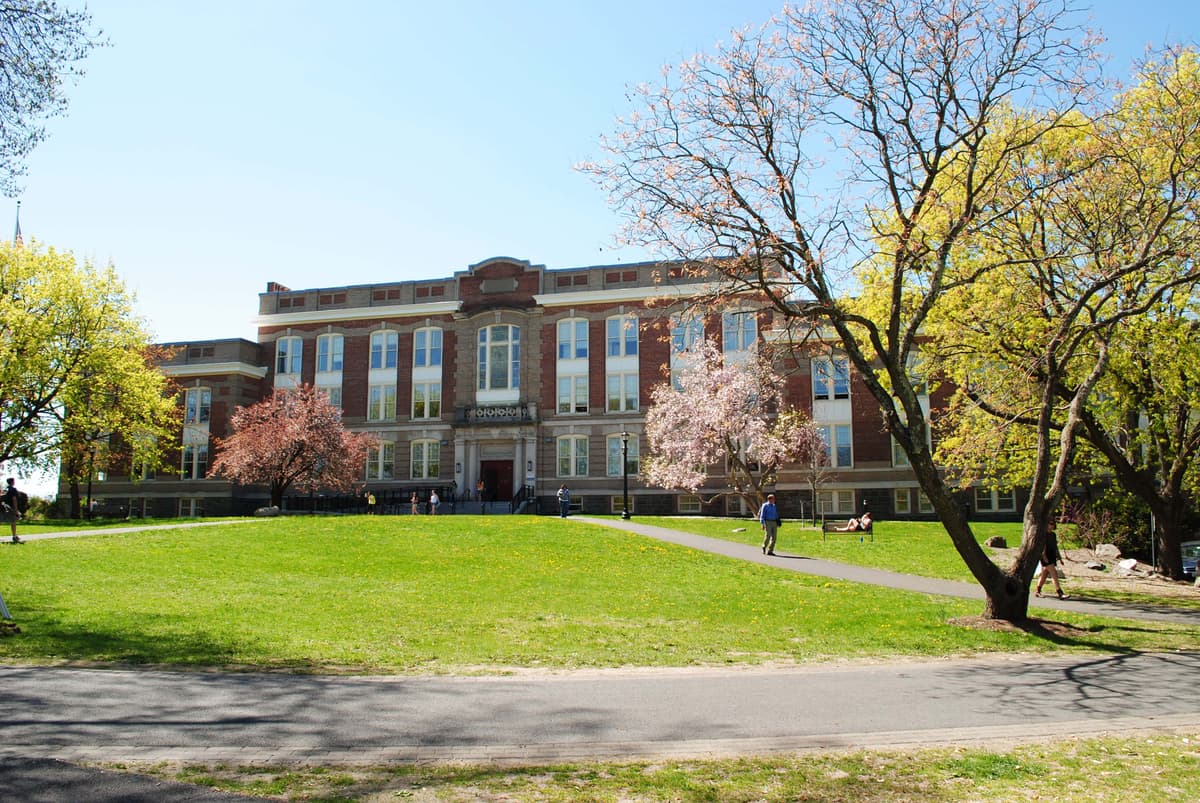
Founded in 1828, SUNY New Paltz is a public liberal arts college known for its strong academic programs and its scenic 257-acre campus located in the heart of New York’s historic Hudson Valley region. This college offers more than 100 undergraduate programs and more than 50 graduate degrees across various disciplines, including liberal arts, sciences, business, education, engineering, and fine arts. They offer a rather robust selection of STEM programs where students can benefit from small class sizes and expert professors.
The college boasts a highly qualified staff, many of whom are leaders in their fields, and provides students with hands-on learning experiences, research opportunities, and internships to further their education. In addition to their academic offerings, SUNY New Paltz is a lively campus with over 200 clubs and organizations to offer.
SUNY New Paltz is home to over 6,500 undergraduate students and demonstrates a strong commitment to student success with a retention rate of 84.1% and a 73.2% graduation rate. Upon graduation, SUNY New Paltz graduates show high levels of success with 88% of them either securing employment soon after graduation or enrolling in advanced education programs.
Despite the success with their students, they have a 58% acceptance rate and an average cost of $16,664 after aid (2021-22). The college’s commitment to affordability and quality education is recognized through its top rankings, including being named at #1 in Best Value College in SUNY. They also hold the position at #30 on College Consensus’s 2022 list of the Best Value Colleges & Universities in the US, solidifying its reputation as a premier institution for both academic excellence and financial value.
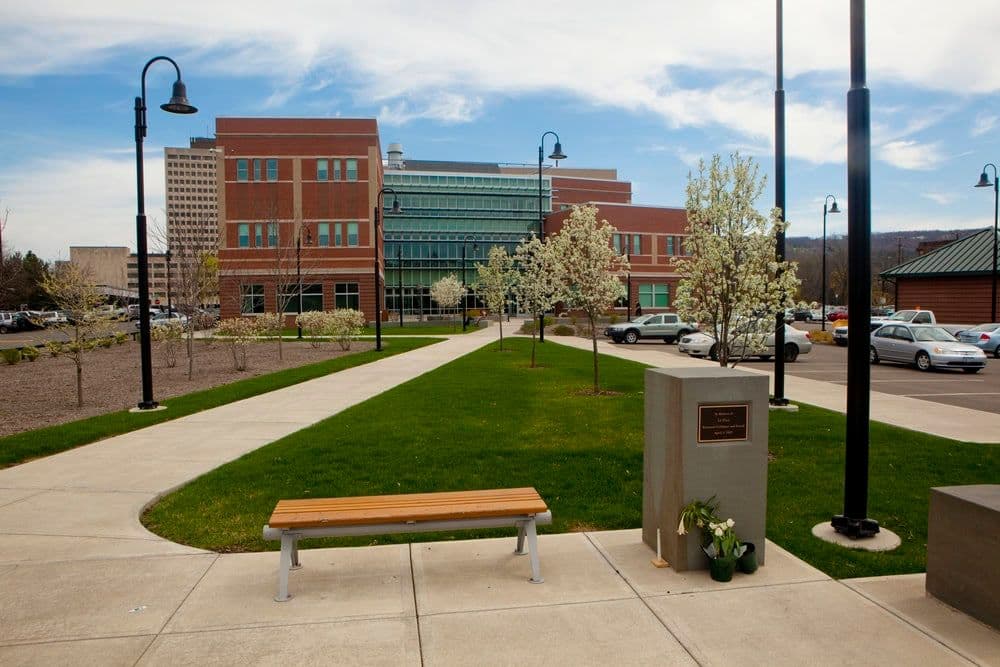
Binghamton University upholds the distinction as being dubbed a “public ivy” and is recognized among the “Nation’s Top 50 Public Universities” by US News & World Report. With a focus on fostering a living-and-learning community, Binghamton has six residential communities tailored to enrich the student experience. The university also has a wide array of academic programs, including over 130 undergraduate programs and more than 80 graduate programs.
Students are given the chance to immerse themselves in a small college atmosphere while enjoying the benefits of a large research university. They have a diverse range of over 250 clubs and organizations, allowing students to engage in activities they are interested or passionate about. Binghamton also has 21 NCAA Division I athletic teams that students can join or support their peers. For students seeking global experiences, Binghamton has over 1,000 study abroad programs for students to broaden their horizons and experience different cultures and perspectives.
With a campus community of over 14,000 undergraduate students, Binghamton has a freshman return rate of 91%, which reflects their commitment to student success and satisfaction. However, with the average cost as $19,307 after aid (2021-22) and the acceptance rate being 42%, prospective students should be prepared for the competitiveness during the admissions process.
Overall, with Binghamton’s reputation, diverse offerings, and commitment to student engagement, it is a standout choice among SUNY schools. Whether you’re looking for the intimate atmosphere of a small college or resources of a large research university, Binghamton University offers the best of both worlds.
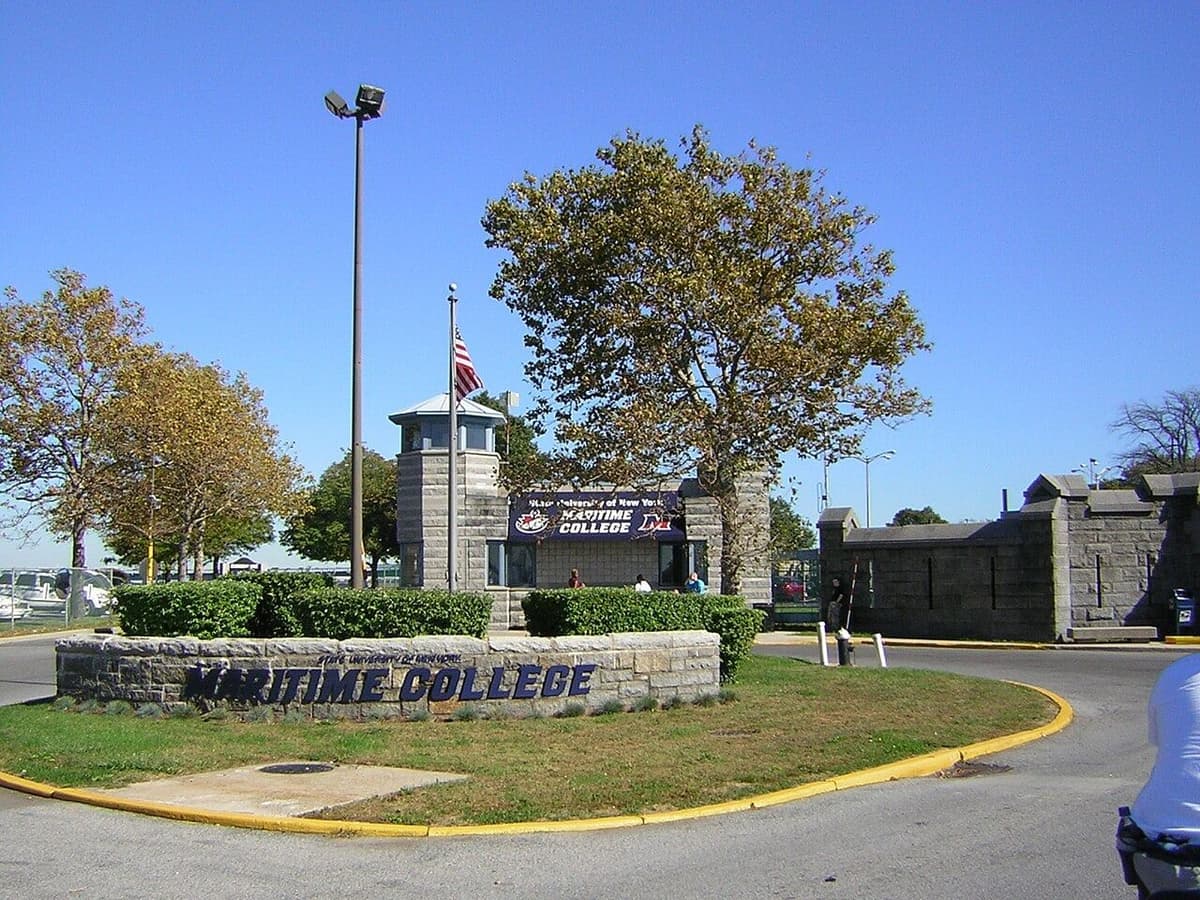
Maritime College stands out as one of the top SUNY institutions due to its unique offerings and strategic location just 30 minutes from Manhattan. This university specializes in education related to shipping, engineering, energy, finance, the armed forces, facilities management, and public service, providing students a career-focused learning.
With the focused curriculum, Maritime College offers 11 undergraduate majors, including 5 ABET-accredited engineering programs, and 2 master’s programs. Despite its specialized focus, the college has a diverse student body with a total enrollment of 1,545 students: 1,401 undergraduates and 144 graduates.
This college has been recognized through various accolades, including being ranked as a Top College in the US by Salary Potential and a Best Value College by Forbes. On top of this, Maritime College holds the prestigious title of the #1 Military Friendly College, reflecting its commitment to serving military students.
Here, students benefit from a hands-on learning approach, gaining practical experience through various programs like ROTC and US Coast Guard licensing programs. With an array of over 40 clubs and organizations, students are given the chance to engage in skill development or pursue personal interests.
For those who are considering careers in marine-based industries or joining the military, Maritime College presents as an excellent option with an acceptance rate of 80% and an average cost of $21,828 after aid (2021-22).
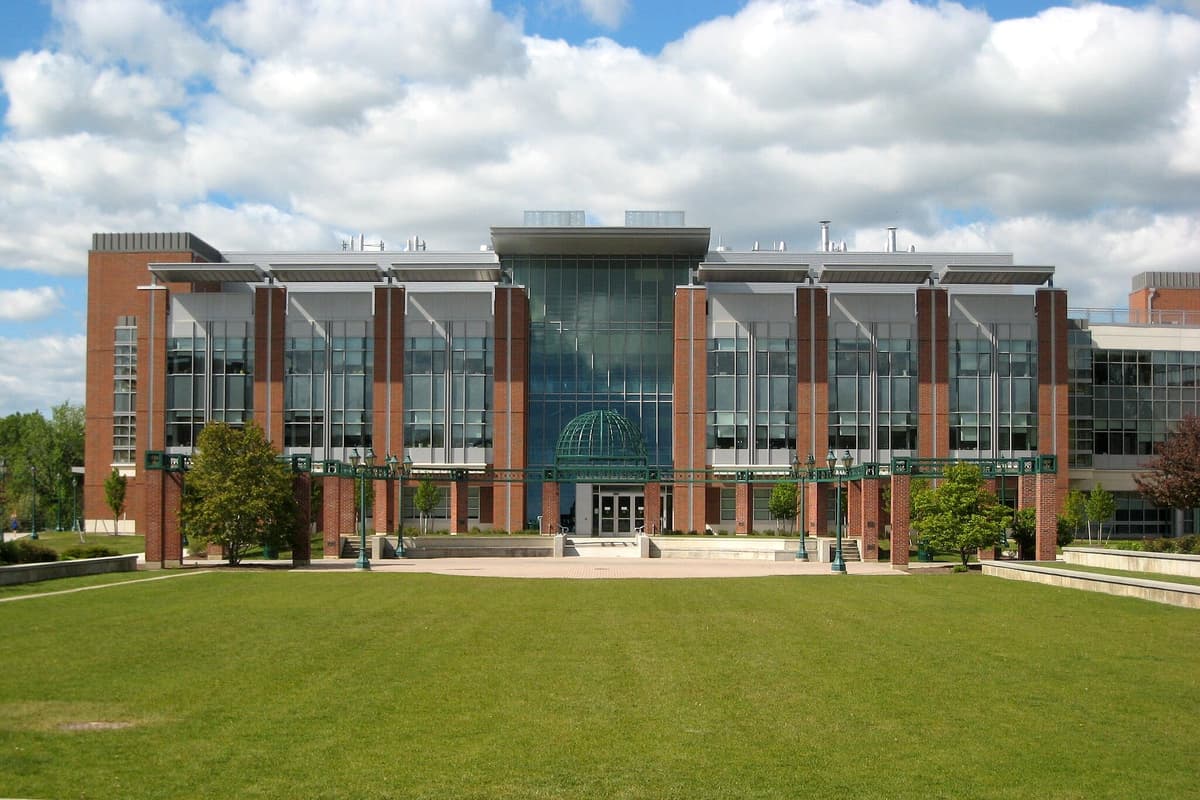
SUNY Geneseo was founded in 1871 in New York’s Finger Lakes Region and is known as a highly selective, residential liberal arts college. With almost 5,000 undergraduates on its 220-acre campus, the college offers a diverse range of programs in liberal arts, sciences, and professional studies. SUNY Geneseo prides itself on its rigorous academic curriculum, small class sizes (18:1), and dedicated staff that is committed to student success.
Geneseo is often compared to prestigious institutions like Colgate, Vassar, Hamilton, Cornell, and Rochester. This is because students recognize that Geneseo provides all the hallmarks of a top tier liberal arts college, but at a significantly lower cost. At Geneseo, students can choose from over 150 programs covering a diverse range of disciplines. These include graduate offerings from the Department of History with the School of Arts and Sciences, the School of Business, and the Ella Cline Shear School of Education.
The college has also received attention for its high graduation and retention rates, with 87% of their students continuing to senior year and 80% of them graduating. Geneseo also has a strong post-graduation outcome, with 76.8% of the graduates having secured full-time employment or pursuing further education.
Beyond the academics, Geneseo has a great campus life with over 200 student clubs and organizations, NCAA Division III athletics teams, and a large range of cultural and recreational activities. The college’s 21 intercollegiate athletic teams have secured 40 SUNYAC Championships in the past five years alone. Nestled within the Genesee Valley, the college’s beautiful campus provides an ideal setting for students to live, learn, and grow.
Overall, SUNY Geneseo is a highly respected university with a 63.5% acceptance rate in Fall 2023, making it an accessible option for aspiring students. After factoring in financial aid, the average cost for attending comes to $19,345 (2021-22), ensuring affordability for students of various backgrounds. Notably, in the US News 2022 College Rankings, Geneseo ranked #2 in Best Undergraduate Teaching and #59 in Best Value Schools, maintaining its reputation for academic excellence and value.
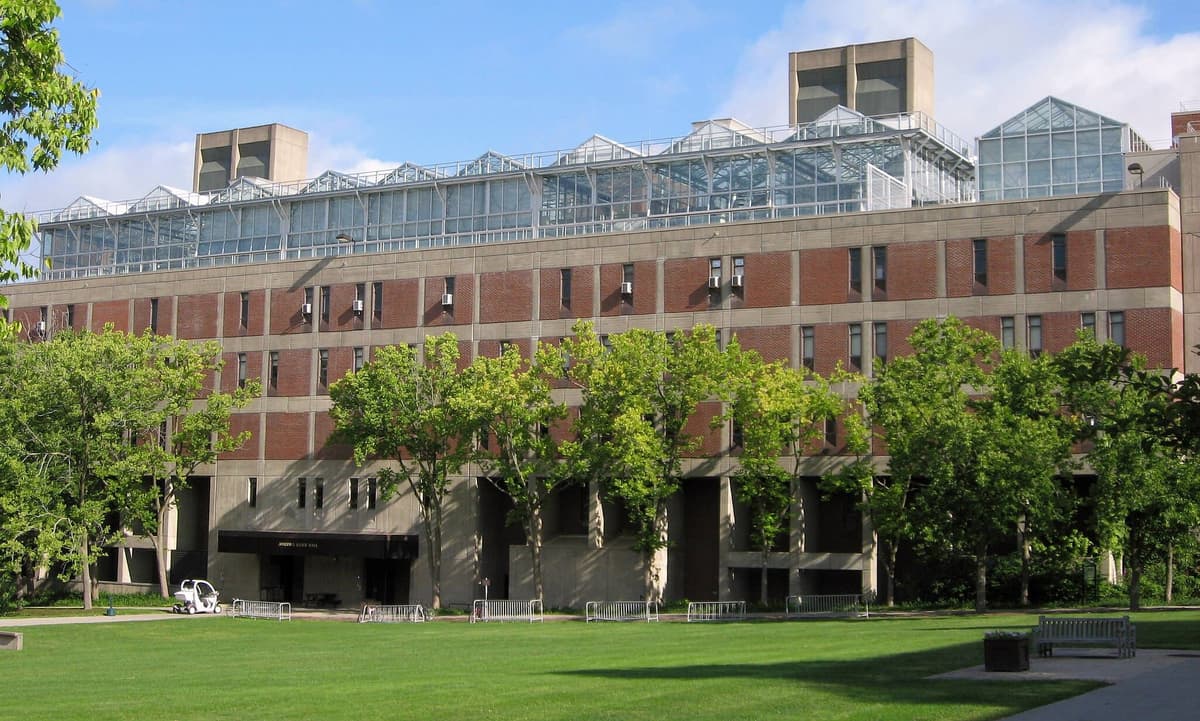
The College of Environmental Science and Forestry (ESF) stands out as not only a top-tier institution in New York but also a natural leader in programs focusing on science, engineering, design, and management of natural resources and the environment. With a sprawling 25,000-acre campus, ESF has earned its rank as #4 among the Top 50 Green Colleges by the Princeton Review.
ESF offers a diverse array of academic opportunities, including 27 undergraduate programs and 54 graduate specializations. Through their partnership with Syracuse University, students have access to shared resources such as classes, clubs, and computer labs.
In addition to this, ESF provides their students with the chance for original intercollegiate athletics, like timber sports and bass fishing. Student life at ESF is centered around the “Mighty Oak way,” fostering a tight-knit community of over 2,200 students passionate about nature and the environment. With over 40 campus organizations and amenities like the campus hammock farm, students have plenty of opportunities for extracurricular engagement.
ESF maintains a 70% acceptance rate and offers an average cost of $21,248 after aid (2021-22), making it an accessible option for students seeking to make a difference in the world. Recognized as The Princeton Review’s #1 pick for the Best Public School for Making an Impact, ESF can be a compelling choice for those passionate about environmental stewardship and sustainability.
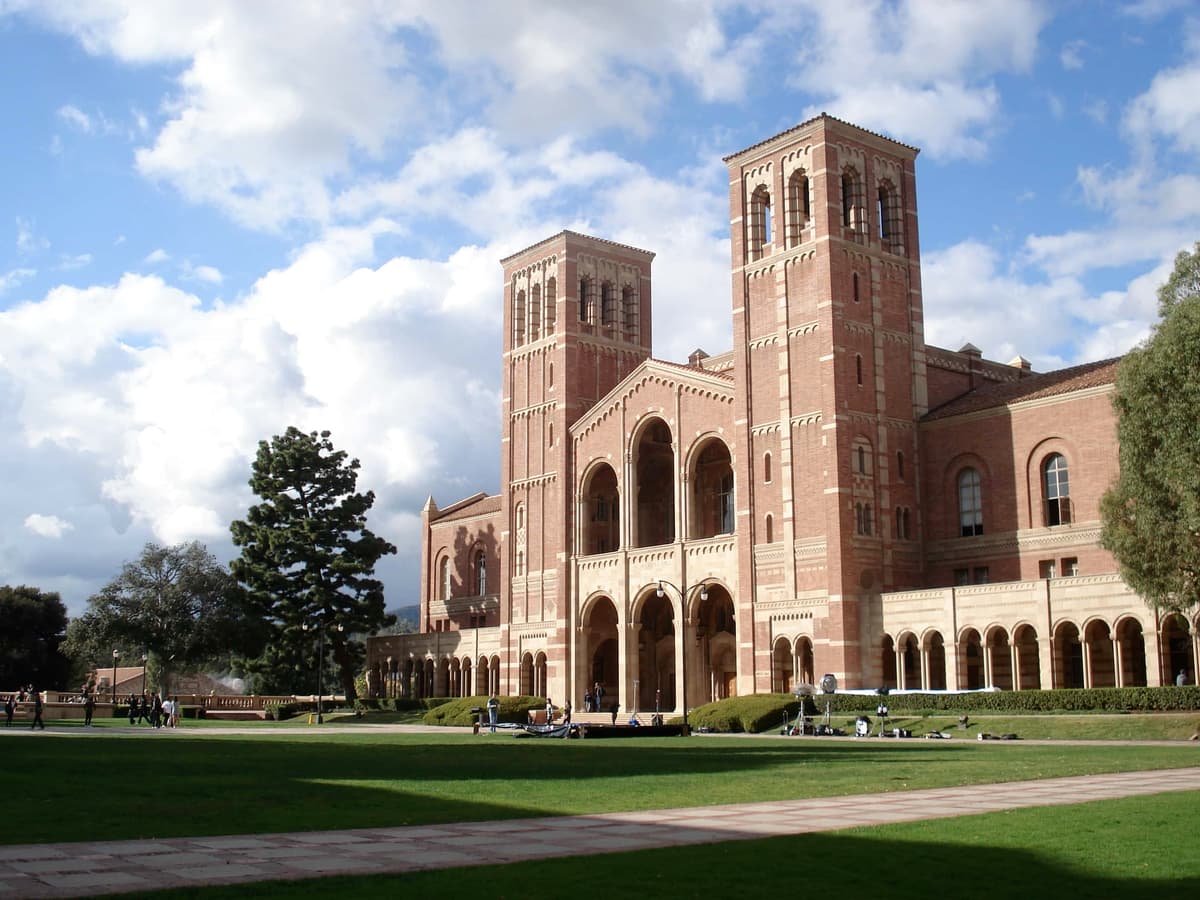
Comparing SUNY schools and UC (University of California) institutions involves considering various factors, including governance, size, structure, academic offerings, and reputation.
SUNY schools represent a system of public higher education institutions located across New York State, comprising 64 campuses with a range of academic programs and research initiatives. The SUNY system is governed by the State University of New York Board of Trustees, with each campus having its own administration and governing structure. In contrast, UC schools are a network of public research universities located throughout California, like UC Berkeley, UCLA, and UC San Diego, The UC system is governed by the University of California Board of Regents, overseeing 10 campuses and several affiliated institutions.
In terms of size, the UC system typically enrolls a larger number of students compared to SUNY schools. UC campuses are known for their large undergraduate and graduate populations, with some having tens of thousands of students. SUNY schools vary in size, with some enrolling a few thousand and others enrolling tens of thousands of students.
Academically, both SUNY and UC schools have numerous undergraduate and graduate programs across the board, including liberal arts, sciences, engineering, health sciences, and business. Both systems are known for their research contributions and academic excellence, with many campuses ranking among the top colleges nationally and internationally.
While both SUNY and UC are public universities, there are differences in tuition and fees for in-state and out-of-state students. While both SUNY and UC charge higher tuition rates for out-of-state students, UC charges a higher amount than SUNY. In general, SUNY schools tend to have lower tuition rates for both in-state and out-of-state students compared to UC institutions.
Overall, both SUNY and UC provide students with access to high-quality education and world-class faculty and resources. The choice between SUNY and UC will depend on factors such as location, academic interests, affordability, and campus culture.

The Ivy League refers to a group of 8 prestigious private universities in the US, including Brown University, Columbia University, Harvard, Yale, etc. These institutions are known for their academic excellence, selective admissions processes, and significant endowments.
On the other hand, the SUNY are a network of public high education universities located throughout New York State, comprising 64 campuses with different academic programs and research initiatives. While SUNY schools offer high-quality education, they generally have a lower selectivity and fewer resources compared to Ivy League.
One of the main differences between SUNY and Ivy League is the academic reputation and prestige. Ivy League schools are globally recognized for their intense academic programs, renowned faculty, and distinguished alumni networks. They consistently rank among the top universities, whereas SUNY schools may not have the same level of prestige and recognition.
In terms of selectivity, Ivy League schools have highly competitive admissions processes, with acceptance rates often below 10%. They seek to admit the most academically accomplished and talented students from around the world. In comparison, SUNY generally has a higher acceptance rate and is more accessible to a broader range of students. Typically, Ivy League have larger endowments and greater financial resources compared to SUNY. This allows them to give generous financial aid packages, state-of-the-art facilities, and extensive research opportunities for students and faculty.
Overall, while SUNY schools provide valuable opportunities for higher education and research, they differ significantly from Ivy League schools in terms of academic reputation, selectivity, resources, and overall experience. The choice between the two will depend on academic goals, financial situation, and personal preference.
Attending a SUNY school offers numerous advantages for students seeking a high-quality education and a rewarding college experience. One compelling reason to choose a SUNY school is affordability. SUNY schools are known for their relatively affordable tuition rates compared to private institutions, making higher education more accessible to a broader range of students. SUNY schools also offer various financial aid options, including but not limited to scholarships, grants, and work-study programs, to help offset costs.
Another key reason to attend a SUNY school is the diverse academic offerings available. With 64 campuses across New York State, the SUNY system provides an assortment of academic programs, ranging from liberal arts and sciences to professional fiends such as engineering, business, and health sciences. Students have the chance to choose from a wide range of majors and minors to tailor their education to their interests and career goals.
Moreover, SUNY schools are prestigious institutions that are nationally and internationally recognized for their academic excellence and research contributions. These colleges provide students with access to excellent faculty, state-of-the-art facilities, and cutting-edge research opportunities, enhancing their learning experience. For the overall college experience, SUNY campuses offer a variety of clubs and organizations for students to get involved in.
Lastly, SUNY schools provide inclusive student support services, including academic advising, career counseling, health services, and cultural enrichment programs, to help students succeed in both their academic and personal life.

Transferring to a SUNY school is a great opportunity for students seeking to continue their education or transition to a new academic environment. SUNY schools typically offer transfer admissions programs designed to accommodate students from all backgrounds and educational experiences.
The transfer admissions process does vary depending on factors like the specific institution, the student’s academic background, and the program of study they wish to pursue. Generally, transfer applicants are required to submit an application form, official transcripts from all previously attending schools, standardized test scores, and any additional requested material such as personal statements or letters of recommendation.
One key consideration for transfer applicants is making sure their credits are transferable and can be applied toward their desired degree at the SUNY institution. SUNY schools will usually have transfer credit evaluations to assess compatibility of income credits with their academic requirements.
Some SUNY schools offer resources and support services specifically tailored to transfer students, such as academic advising, orientation programs, and transfer credit counseling. These services are aimed to ensure a smooth transition and that they have access to the necessary information and resources to succeed in their academic goals.
Choosing the right SUNY school is an important decision for prospective students, since each institution offers a unique assortment of educational opportunities and campus experiences. From a selection of majors and minors to numerous programs and extracurricular activities, students should take the time to research and evaluate their preferences and interests for a perfect fit. Considerations such as campus culture, location, and academic offerings should all play a role in your decision-making process.
Once you’ve identified your top choices, it is important to dig deeper into each school’s admissions requirements and process. With the varying acceptance rates, specialized programs, and student demographics, understanding what sets each SUNY school apart is important to crafting a competitive application. Whether you desire to enroll in one of the best SUNY schools or pursue a specific academic path, research and preparation are key to securing a spot at the college of your dreams.

Looking for the average ACT scores by state and the percentage of graduates that took the ACT? Then look no further! In this deep dive, we review four years of data to get insight into which states are doing the best – and worst – with the ACT exam.

Hello! My name is Sophia Gatto, and I am a Marine Corps veteran. I recently wrote an in-depth guide on everything you need to know about the ASVAB. Passing the ASVAB is the essential first step toward starting your military career. Preparing for the ASVAB is crucial, as it not only determines which branches you …

We’ve tracked down the acceptance rates of some of the easiest colleges to apply for in the country, so you don’t have to. With special sections for CA, FL, TX, and NY. Read on to find out more.